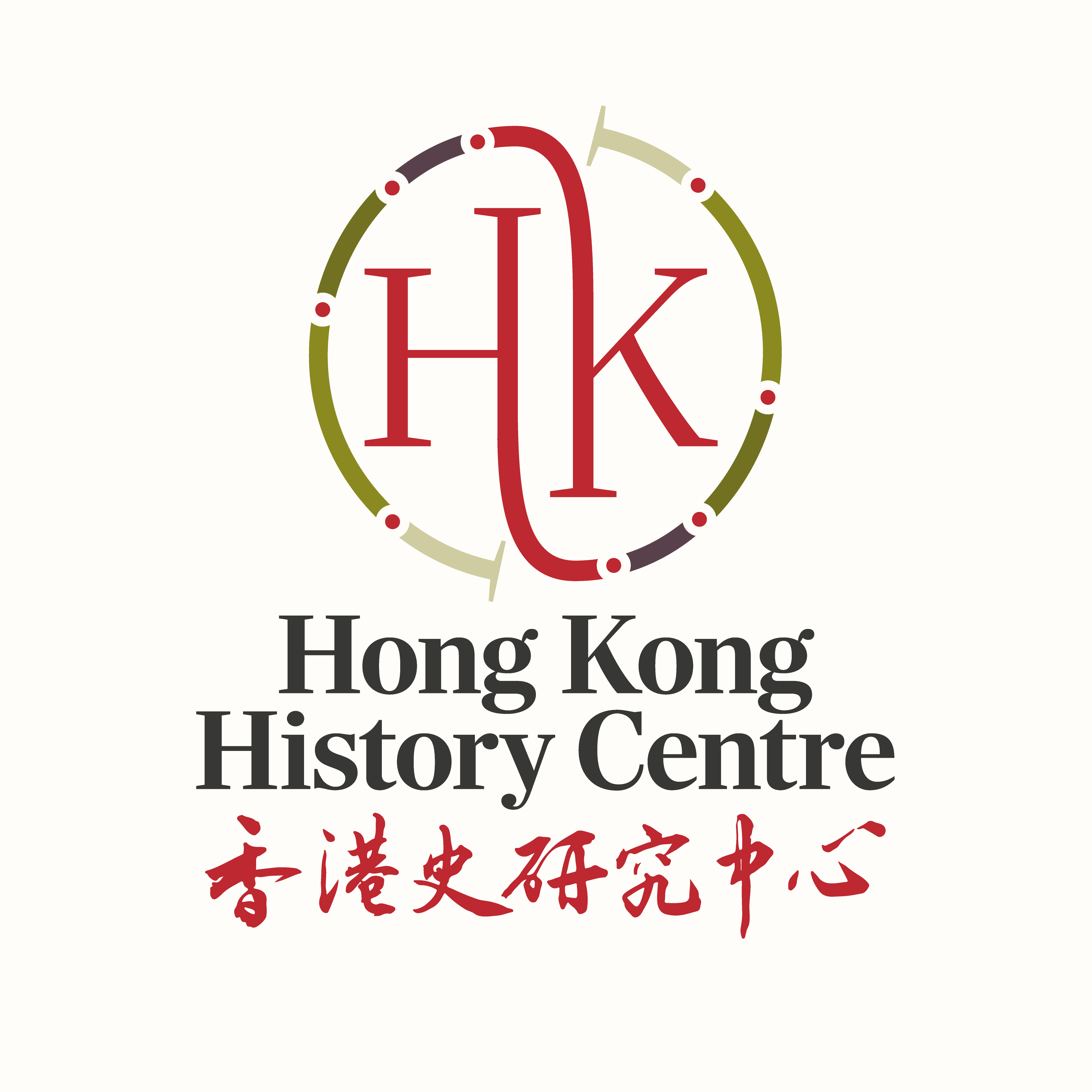
By Vaudine England
It’s all very well having grand theories about Race and Empire and Gender and Class, but what of actual real stories, the lives that people lived, the choices they made? I recently met a woman from a …
29/04/16
By Vaudine England
If talking about race has been hard, how much harder has it been to accept that racism in statecraft has never been the sole preserve of white people. Not only Western imperialists have been racist; the Chinese …
20/04/16
By Vaudine England
The thought behind a lot of these ruminations in this blog is that the subject of race in empire, specifically with relation to Hong Kong, has been grossly under-covered to date. Some Dutch academic friends wonder if …
08/04/16By Vaudine England
It’s all very well having grand theories about Race and Empire and Gender and Class, but what of actual real stories, the lives that people lived, the choices they made? I recently met a woman from a …
29/04/16By Vaudine England
If talking about race has been hard, how much harder has it been to accept that racism in statecraft has never been the sole preserve of white people. Not only Western imperialists have been racist; the Chinese …
20/04/16By Vaudine England
The thought behind a lot of these ruminations in this blog is that the subject of race in empire, specifically with relation to Hong Kong, has been grossly under-covered to date. Some Dutch academic friends wonder if …
08/04/16